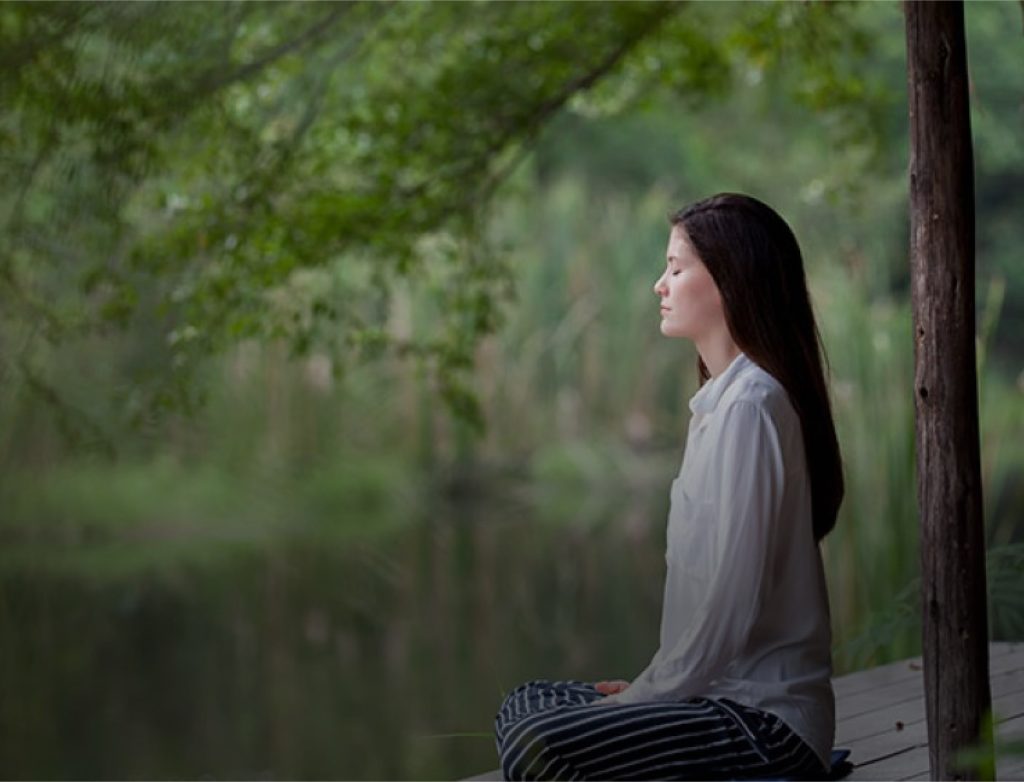In a world filled with constant noise and daily demands, silent retreats offer a unique opportunity to disconnect, reflect, and reconnect with oneself. These retreats are based on the principle of reducing external distractions to focus on inner growth and healing. During a silent retreat, participants refrain from speaking, allowing space for deep introspection, meditation, and rest.
What Is a Silent Retreat?
A silent retreat is an event or program in which participants commit to spending a period of time in complete silence. This can range from a few hours to several days or even weeks. During this time, speaking is not allowed, which helps calm the mind and focus on the present. Silent retreats often include activities such as meditation, yoga, nature walks, and lectures or teachings on spirituality and self-awareness.
Benefits of Silent Retreats
Stress Reduction: Silence helps quiet the mental noise and release accumulated tension, promoting a state of peace and relaxation.
Mental Clarity: Disconnecting from external distractions allows the mind to clear, enabling more conscious and intentional decisions.
Deep Self-Connection: The retreat provides a space for deep introspection, allowing participants to explore emotions, thoughts, and desires often overshadowed by everyday busyness.
Emotional Healing: Silence offers an opportunity to heal emotional wounds, process past traumas, and release stress.
Spiritual Renewal: Connecting with oneself and the natural environment can renew and strengthen personal spirituality.
How to Make the Most of a Silent Retreat
Keep an Open Mind: Silent retreats can be challenging, especially if you’ve never experienced long periods of stillness. Approach the experience with openness and receptivity.
Follow the Rules of the Retreat: Silent retreats usually include guidelines such as no verbal communication, limited use of technology, and participation in all scheduled activities. Respecting these rules is essential to getting the full benefit.
Practice Meditation: Meditation is a key component of silent retreats. Take time to join the guided sessions and practice on your own.
Connect with Nature: Many silent retreats take place in natural settings like mountains or forests. Enjoy walking and immersing yourself in nature, which can be deeply rejuvenating.
Listen to Your Body: A retreat is also a space for rest and recovery. If you feel the need to relax or nap, honor your body’s signals.
Where to Join a Silent Retreat
Silent retreats are held at meditation centers, monasteries, wellness resorts, and spiritual reflection spaces worldwide. Some places offer themed retreats, such as yoga, mindfulness, or self-discovery. Look for options that align with your personal goals and interests.
Conclusion
Silent retreats offer a powerful path to disconnect from daily chaos and find inner peace. By committing to silence, individuals can experience deep healing, mental clarity, and personal growth. If you’re seeking a way to reconnect with yourself and restore emotional balance, a silent retreat may be exactly what you need.



